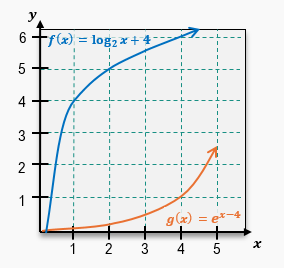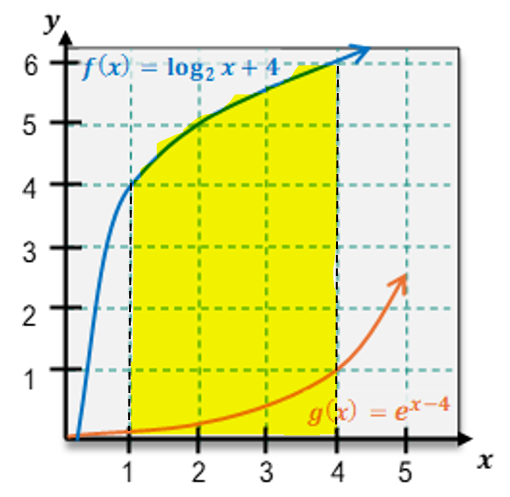Find the area of the shaded region between & from to .
Table of contents
- 0. Functions4h 53m
- 1. Limits and Continuity2h 2m
- 2. Intro to Derivatives1h 33m
- 3. Techniques of Differentiation2h 18m
- 4. Derivatives of Exponential & Logarithmic Functions1h 16m
- 5. Applications of Derivatives2h 19m
- 6. Graphical Applications of Derivatives6h 0m
- 7. Antiderivatives & Indefinite Integrals48m
- 8. Definite Integrals4h 36m
- 9. Graphical Applications of Integrals1h 43m
- 10. Integrals of Inverse, Exponential, & Logarithmic Functions21m
- 11. Techniques of Integration2h 7m
- 12. Trigonometric Functions6h 54m
- Angles29m
- Trigonometric Functions on Right Triangles1h 8m
- Solving Right Triangles23m
- Trigonometric Functions on the Unit Circle1h 19m
- Graphs of Sine & Cosine46m
- Graphs of Other Trigonometric Functions32m
- Trigonometric Identities52m
- Derivatives of Trig Functions42m
- Integrals of Basic Trig Functions28m
- Integrals of Other Trig Functions10m
- 13: Intro to Differential Equations2h 23m
- 14. Sequences & Series2h 8m
- 15. Power Series2h 19m
- 16. Probability & Calculus45m
9. Graphical Applications of Integrals
Area Between Curves
Struggling with Business Calculus?
Join thousands of students who trust us to help them ace their exams!Watch the first videoMultiple Choice
Shade the region bounded by & on the interval [1,4]. Then set up an integral to represent the region's area.

A
A=∫14(log2x+4−ex−4)dx
B
A=∫14(log2x+4−ex−4)dx
C
A=∫14(log2x+4+ex−4)dx
D
A=∫14(log2x+4+ex−4)dx
 Verified step by step guidance
Verified step by step guidance1
Step 1: Identify the functions that bound the shaded region. The upper boundary is given by f(x) = log₂(x) + 4, and the lower boundary is given by g(x) = e^(x-4).
Step 2: Determine the interval over which the region is bounded. From the graph, the shaded region is bounded between x = 1 and x = 4.
Step 3: Set up the integral to calculate the area of the shaded region. The area is found by subtracting the lower function g(x) from the upper function f(x) over the interval [1, 4].
Step 4: Write the integral expression for the area: A = ∫₁⁴ [log₂(x) + 4 - e^(x-4)] dx.
Step 5: Ensure the integral is properly set up and ready for evaluation. The integrand represents the difference between the upper and lower functions, and the limits of integration correspond to the interval [1, 4].

 5:23m
5:23mWatch next
Master Finding Area Between Curves on a Given Interval with a bite sized video explanation from Patrick
Start learningRelated Videos
Related Practice
Multiple Choice
Area Between Curves practice set



![Graph showing the area between the curves f(x) and g(x) shaded in yellow on the interval [1,4].](https://static.studychannel-dev.pearsondev.tech/courses/business-calculus/thumbnails/6bff14e4-945d-4797-9490-3285ddcd074f)
![Graph showing the area between the curves f(x) and g(x) shaded in yellow, bounded on the interval [1,4].](https://static.studychannel-dev.pearsondev.tech/courses/business-calculus/thumbnails/3b87697c-1c61-4fed-bf7e-4df60a8084d2)
